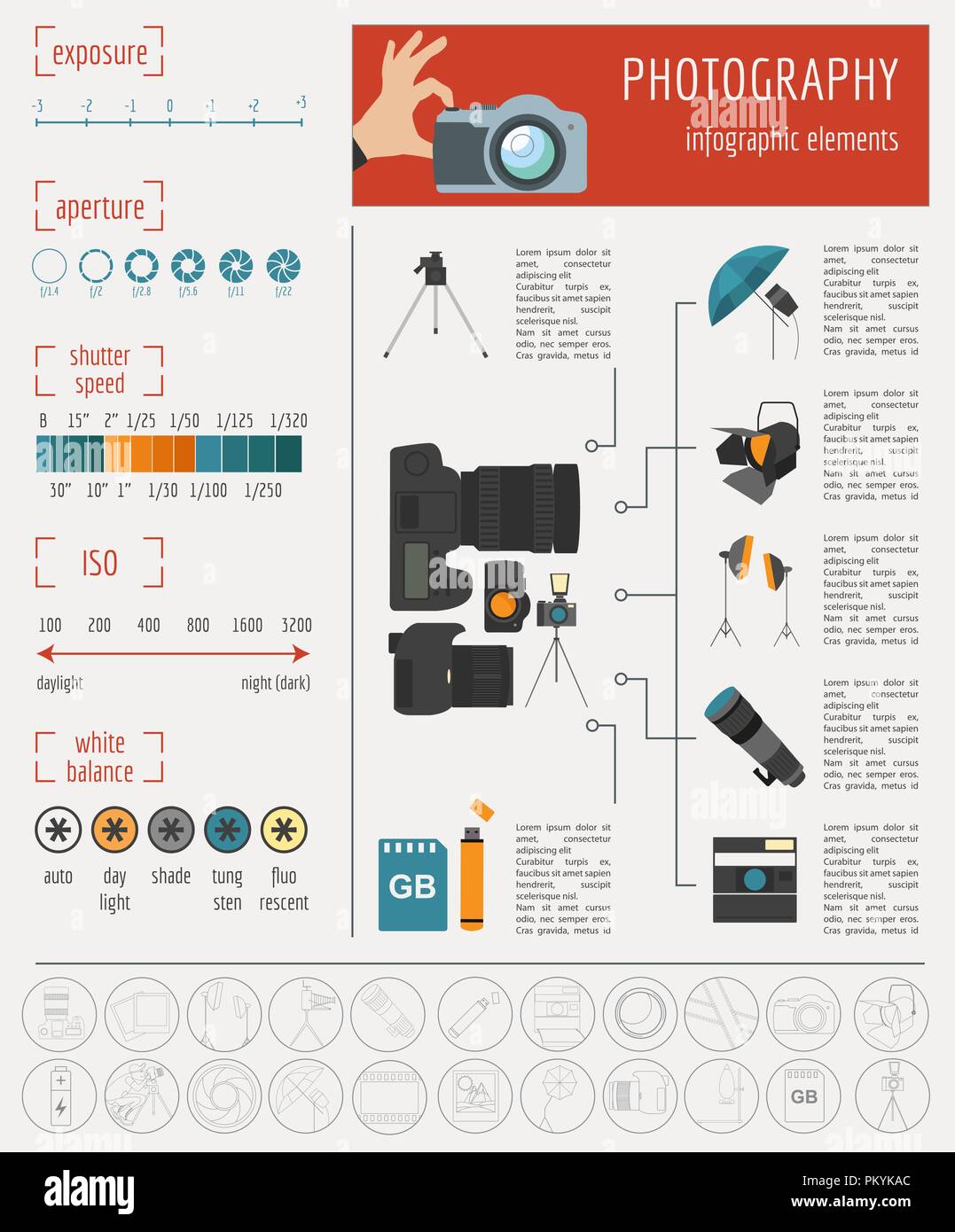Photography Tips For Beginners: Mastering Your Camera Quickly
Photography Tips For Beginners: Mastering Your Camera Quickly
Blog Article
Article Created By-Lyons Dalton
When you initially pick up your camera, it can feel overwhelming with all the setups and choices available. You may find yourself asking yourself how to navigate aperture, shutter rate, and ISO successfully. Understanding these basics is crucial, however there's more to photography than just technical knowledge. Comprehending structure methods and illumination problems can elevate your photos considerably. So, what if you could learn simple approaches to boost your abilities and start capturing outstanding photos earlier than you believe? Let's check out just how to transform your digital photography journey.
Understanding Camera Setups
Recognizing your video camera settings is critical for capturing sensational photos. When you grab your video camera, acquaint on your own with the three major settings: aperture, shutter speed, and ISO. Each plays an essential role in how your pictures end up.
Begin with aperture, which manages the amount of light getting in the lens. A broader aperture (reduced f-number) lets in much more light and produces a lovely background blur, excellent for pictures. Conversely, a narrower aperture (higher f-number) maintains more of the scene in focus, perfect for landscapes.
Next off, concentrate on shutter rate. This setup determines for how long your video camera's sensing unit is revealed to light. A quick shutter speed freezes motion, which is fantastic for activity shots, while a slow-moving shutter speed can create spectacular impacts like smooth water in landscapes.
Last but not least, adjust your ISO. This setup influences your cam's sensitivity to light. A higher ISO is useful in low-light scenarios but can introduce noise or grain. Go for the most affordable ISO possible while still achieving proper exposure.
Make-up Techniques
When you're out shooting, structure can make all the distinction in just how your pictures reverberate with visitors. Begin by using the rule of thirds; envision your framework split into nine equivalent sections with 2 straight and two vertical lines. Setting key elements along these lines or at their junctions to produce equilibrium and passion.
Next, think about leading lines. These all-natural lines in your scene, like roadways or rivers, attract the audience's eye right into the picture, leading them via the story you're informing.
Don't forget mounting; use aspects within your scene, like trees or windows, to develop a structure around your topic, including deepness and emphasis.
Likewise, watch on your background. A chaotic background can distract from your major subject, while a basic one helps it stick out.
Last but not least, explore symmetry and patterns; they can produce a striking photo that records interest.
Mastering Illumination Conditions
Mastering lighting problems is vital for capturing sensational photographs, as the appropriate light can change a normal scene into something amazing.
Begin by observing natural light at various times of the day. http://georgann7diego.xtgem.com/__xt_blog/__xtblog_entry/__xtblog_entry/37565689-transform-your-portrait-photography-with-easy-strategies-that-enhance-lights-and-make-up-however-what-various-other-tricks-could-take-your-images-to-the-next-level?__xtblog_block_id=1#xt_blog and late afternoons provide the best light, known as the gold hour. The soft, warm tones during these times can improve your photos beautifully.
Don't avoid overcast days either; diffused light can minimize harsh darkness and develop a pleasing result, specifically for pictures.
Trying out backlighting by placing your topic against the source of light. This technique can produce a dreamy halo result and include deepness to your photos.
Pay attention to your camera setups too. Adjust the ISO, aperture, and shutter rate to match the lights problems. A higher ISO can assist in reduced light, however beware of grain.
Utilize a tripod in darker settings to avoid blur.
Lastly, do not fail to remember man-made illumination. Flash and continuous lights can be terrific tools for controlling light in tough conditions.
Verdict
In conclusion, grasping your cam doesn't need to be frustrating. By understanding your settings, applying make-up techniques, and utilizing the power of natural light, you'll quickly boost your digital photography abilities. visit the following internet site in mind, practice makes ideal, so get out there and experiment with your newly found expertise. With time and dedication, you'll be recording spectacular photos that show your special viewpoint. Take pleasure in the journey, and don't neglect to enjoy while you go to it!
